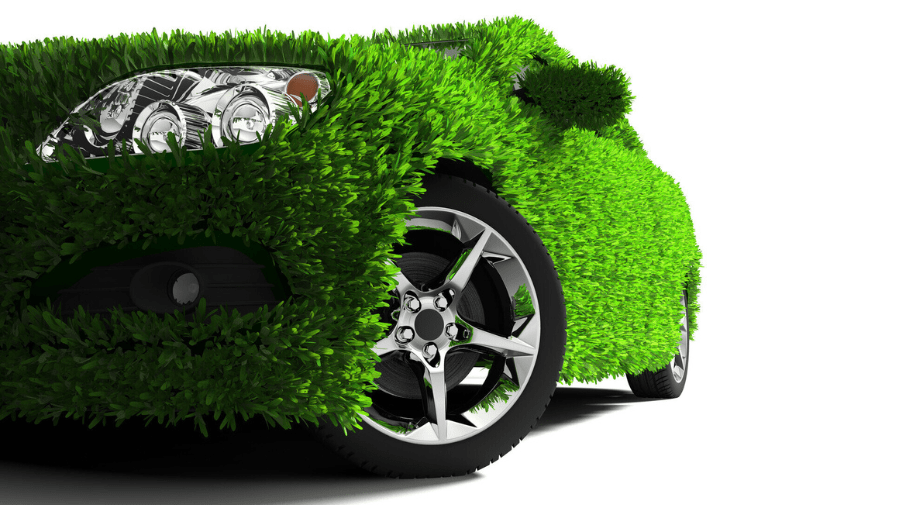
The Environmental Benefits of Paintless Dent Repair
Introduction
The environmental impact of several businesses, particularly the car repair industry, has come to the fore in recent years. Some traditional body shop repairs can be replaced by paintless dent repair (PDR), which is more environmentally friendly. This article examines the environmental advantages of PDR and offers a thorough evaluation of its advantages over traditional body shop repair techniques.
Lower Chemical Use
PDR uses far fewer chemicals than body shop repairs do, which is one of its major environmental benefits. PDR methods avoid the need for substantial sanding, filling, and repainting by gently massaging or pushing out dents from the inside of the panel. The usage of hazardous chemicals, such as paint thinners, solvents, and volatile organic compounds (VOCs), which are frequently utilised in body shop repairs, is greatly reduced by this procedure. VOCs can be harmful to human health and contribute to air pollution. PDR offers better working conditions for technicians and aids in the reduction of environmental contamination by minimising the usage of toxic chemicals.
Energy Efficiency
PDR is seen as being more environmentally friendly because it uses less energy than body shop repairs. The energy-intensive methods used in traditional repairs, such as sanding, painting, and drying in specialised booths. PDR, in contrast, relies on skilled technicians utilising specialised equipment to reshape the metal without requiring a lot of gas and electricity or taking a long time to dry. The carbon footprint of dent repairs is reduced to almost zero by doing away with painting and the associated energy-intensive processes. Additionally, PDR's quicker turnaround times for repairs add to energy efficiency. There is less of a requirement for continuous energy consumption during the repair process which in turn lowers greenhouse gas emissions.
Keeping Original Materials Safe
The capability of PDR to maintain the original materials of the vehicle is a vital component that contributes to its environmental friendliness. PDR preserves the vehicle's factory finish as opposed to
body shop repairs, which require sanding down the damaged area, using body fillers, and repainting the panel. By using this strategy, the need for additional resources is decreased and the environmental damage caused by producing new components or materials is reduced. PDR encourages a more sustainable approach to dent repairs by preserving the integrity of the original materials and lowering the total waste output.
Waste Reduction
PDR produces a great deal less waste than body shop repairs. With traditional repairs, damaged components and consumables are frequently thrown away, which adds to the growth of landfills. PDR, on the other hand, does away with the requirement to replace or throw away damaged components, lowering waste production. A decrease in the discharge of hazardous waste is also a result of the absence of body fillers and paints. PDR adheres to the principles of the circular economy, where resources are preserved and waste is minimised, ultimately resulting in a more sustainable repair process, by minimising waste creation.
Positive Effects on the Economy and Society
Beyond its immediate effect on the ecosystem, PDR has positive effects for the environment. PDR may have a favourable effect on regional economies and society. Both repair facilities and car owners can save money thanks to PDR's lower energy consumption and faster repair times. Additionally, employing qualified specialists for PDR generates job possibilities to benefit nearby communities. Additionally, through encouraging eco-friendly behaviours, PDR works to increase public awareness of sustainability and motivates people and companies to implement greener practises in their daily operations.
Conclusion
Comparing paintless dent repair to conventional body shop repairs, there are various environmental advantages. PDR is a more environmentally friendly choice due to its very low use of chemicals, low energy usage, preservation of original materials, waste reduction, and favourable economic and social effects. It is clear that promoting and implementing paintless dent repair procedures can help create a greener car repair sector and a more sustainable future.
